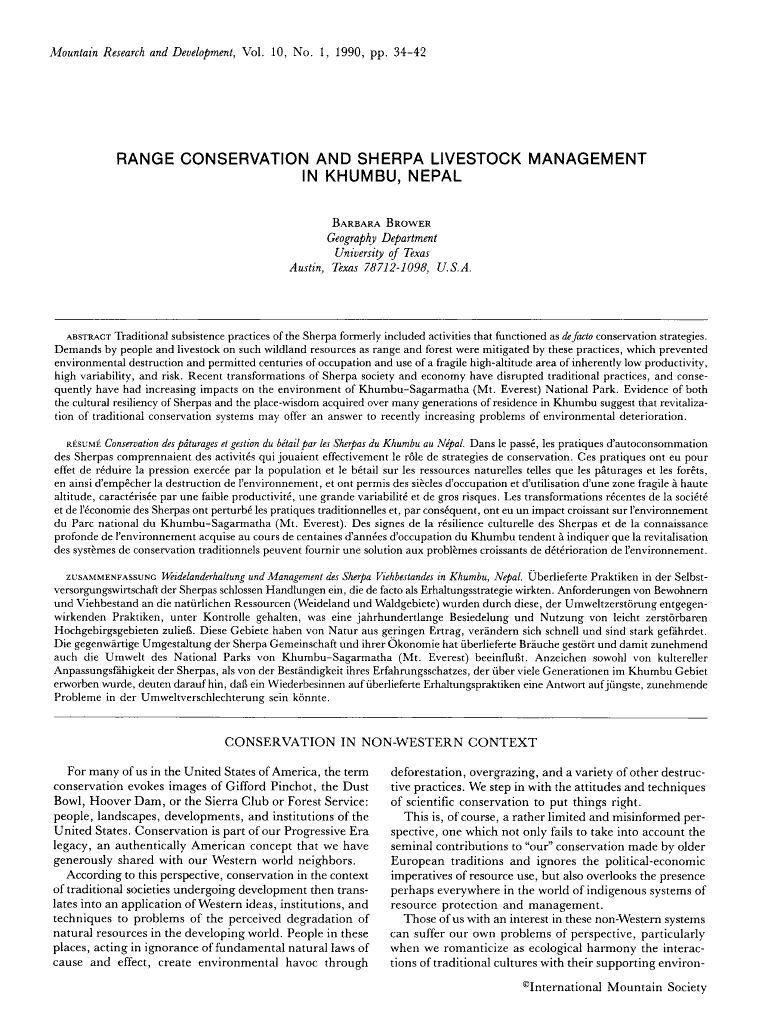
Active soil substances, which can indicate environmental changes sensitively, have the fastest turnover rate. Vegetation diversity and soil bio-physicochemical properties according to five elevations classes (800 m, 1000 m, 1100 m, 1200 m, and 1500 m a.s.l.) in the Southern Taihang Mountain were investigated. Soil ammonium-N (NH4+—N), nitrate-N (NO3−—N), microbial biomass carbon (MBC), and nitrogen (MBN), as well as soil urease (URE) and sucrose (SUC) activities were determined. The results showed that elevation gradients, soil layers, and their interaction had significant effects on most of the active soil substances. With the rise of elevation, soil NO3−—N, inorganic N, MBC, and MBN contents, as well as SUC activity and SUC/MBC ratio basically showed an inverted V-shaped distribution trend and reached the peak value at 1100 m (p < 0.05). Soil URE showed a fluctuating upward trend and reached the peak value at 1500 m (p < 0.05), and the URE/MBC ratio showed a straight upward trend. With the depth of soil layer, the contents of active soil substances tended to decrease, showing a phenomenon of surface aggregation. Active soil substances were correlated with plant community diversity indexes, soil water content, pH, available N, and available phosphorus contents, and available N was the main factor affecting active soil substances, which could explain 34.4% of the variation. In summary, at the intermediate slope of 1100 m, soil moisture and tightness were suitable for soil microbial activity and plant growth, the highest contents of active soil substances, indicating a fast turnover of soil carbon and nitrogen. The present study enriched our understanding of soil carbon and nitrogen turnover mechanisms in the mountain ecosystem. © 2023 by the authors.